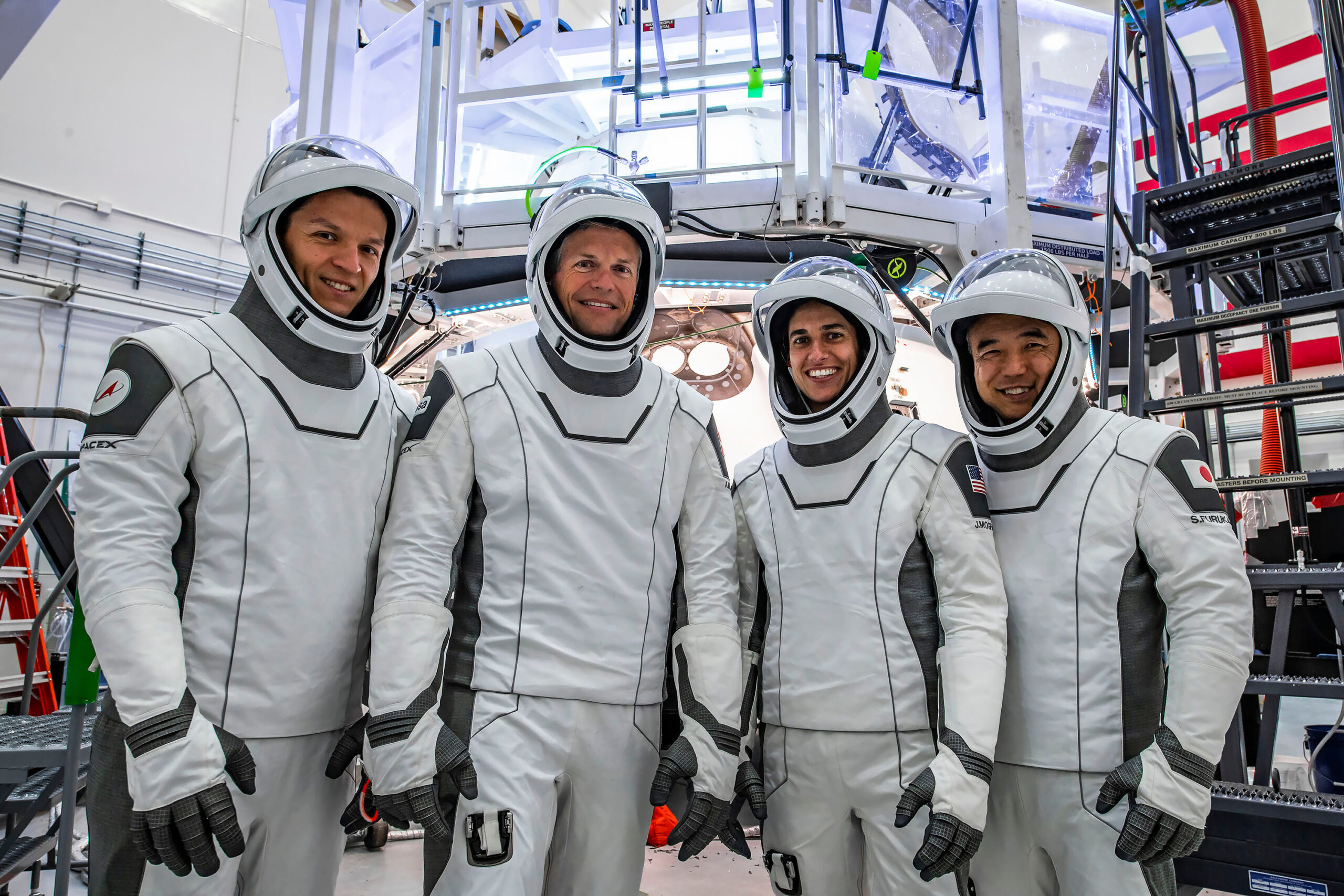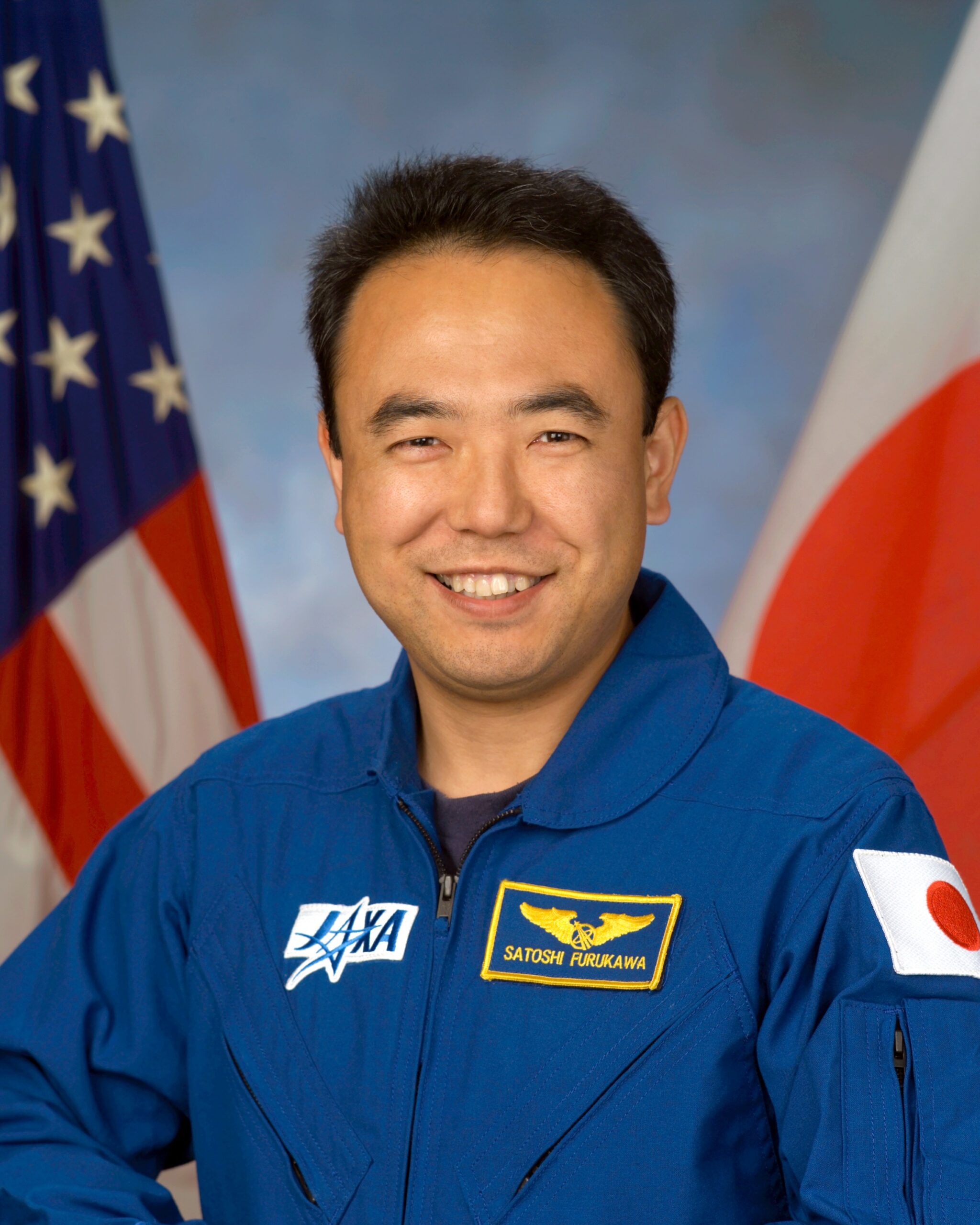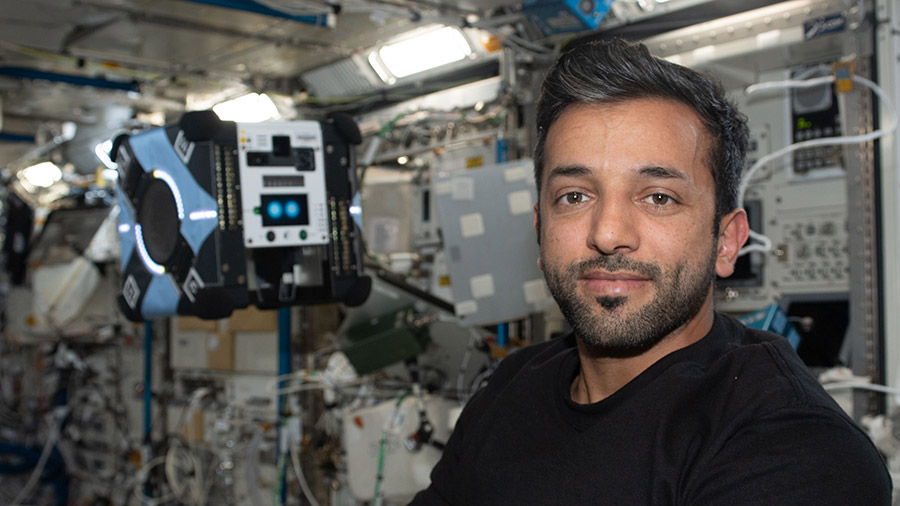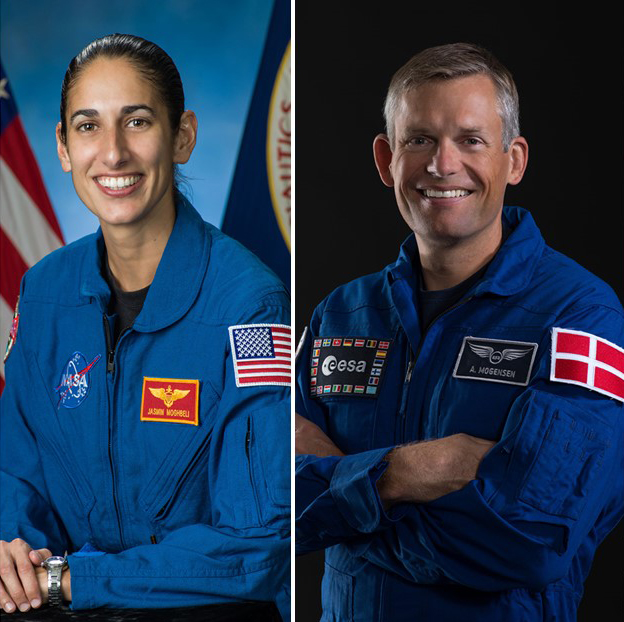
The crew that will soon launch to the International Space Station as part of NASA’s SpaceX Crew-7 mission arrived Sunday at the agency’s Kennedy Space Center in Florida to start final preparations for liftoff.
Crew members NASA astronaut Jasmin Moghbeli, commander; ESA (European Space Agency) astronaut Andreas Mogensen, pilot; and mission specialists JAXA (Japan Aerospace Exploration Agency) astronaut Satoshi Furukawa, and Roscosmos cosmonaut Konstantin Borisov, landed via Gulfstream jet aircraft at the Launch and Landing Facility at Kennedy after departing from Ellington Field near the agency’s Johnson Space Center in Houston.
The flight crew will be greeted at arrival by leaders from NASA, JAXA, and ESA.
A media event is scheduled about 12:15 p.m. EDT with the following participants:
- Bill Nelson, administrator, NASA
- Bob Cabana, associate administrator, NASA
- Janet Petro, director, NASA Kennedy
- Dana Hutcherson, deputy manager, Commercial Crew Program
- Eric van der Wal, lead, International Space Station Program Houston Office, ESA
- Junichi Sakai, program manager, International Space Station, JAXA
- NASA astronaut Jasmin Moghbeli, spacecraft commander
- ESA astronaut Andreas Mogensen, pilot
- JAXA astronaut Satoshi Furukawa, mission specialist
- Roscosmos cosmonaut Konstantin Borisov, mission specialist
The event is scheduled to broadcast live, if weather permits, on NASA Television and the agency’s website. No teleconference option is available for this event.
Crew members are scheduled to lift off at 3:49 a.m. EDT Friday, Aug. 25, aboard a SpaceX Dragon spacecraft carried by a Falcon 9 rocket for a full duration mission to the space station as part of NASA’s Commercial Crew Program (CCP).
This is the seventh crew rotation flight and the eighth human spaceflight mission on SpaceX’s Dragon spacecraft to the International Space Station for CCP. Details about the mission and NASA’s Commercial Crew Program can be found by following the Crew-7 blog, the commercial crew blog, @commercial_crew on X, and commercial crew on Facebook.




